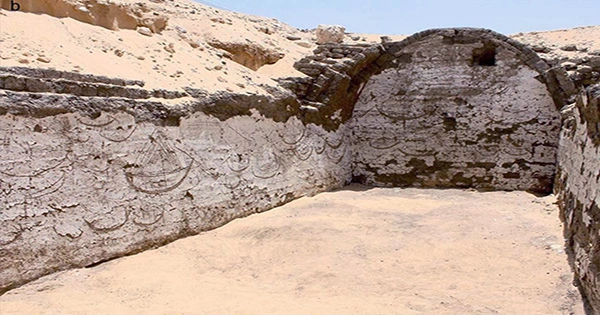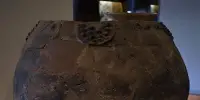Egyptian archaeologists on the most recent expedition of the Ministry of Antiquities discovered blocks of halloumi cheese going back 2,600 years as well as a number of other relics in the wealthy region of Saqqara. The items were written on with a script from the 26th and 27th Egyptian dynasties called Demotic, which can also be found on the Rosetta stone (664-404 BCE).
If you’re only after the cheese, then it might be a little worn out right now. We can only image the scent coming from inside the huge vessels where the halloumi, which is prepared from goat’s and sheep’s milk and has a “squeaky” texture, was located.
The halloumi cheese is on the verge of winning the coveted title of oldest cheese in the world, which goes to a 3,200-year-old block unearthed in 2018. Unfortunately, unlike wine or whiskey, cheese does not improve with age. It would be difficult to find collectors with the stomachs necessary for this stuff.
Although it is unknown when the first halloumi was produced, it was popular in the 16th century in parts of the Eastern Mediterranean. Prior to the Coptic era, white cheese was purportedly referred to as “Haram” by the ancient Egyptians; this is where the name halloumi originates.
Since 2018, the region has developed into a treasure trove of tombs and treasures from ancient Egypt. Since its inception, the mission has experienced five archaeological seasons and uncovered numerous statues and figures from ancient Egypt, seven rock tombs, and the unusual tomb of the priest Wahiti. A spectacular sight was created in 2020 when the crew also exposed 40 statues of the god Saqqara and more than 100 wooden coffins.
We can definitely hope for some crackers and chutney as there are now more containers to open and see what’s within.
















